Have you ever wondered why your heart melts when you see a dog wagging its tail, or why you feel an instant connection to a cat purring on your lap? You’re experiencing one of humanity’s most fascinating phenomena – the deep emotional bond that transcends species barriers and connects us to the animal kingdom in ways that science is only beginning to understand. This profound connection isn’t just sentimental; it’s rooted in millions of years of evolution, complex brain chemistry, and fundamental aspects of what makes us human.
The human-animal bond represents emotional, psychological, and physical interactions between people, animals, and the environment, creating relationships that are reciprocal, persistent, and tend to promote well-being for both parties. Let’s explore the remarkable science behind why certain animals capture our hearts and minds so completely.
The Ancient Chemistry of Connection
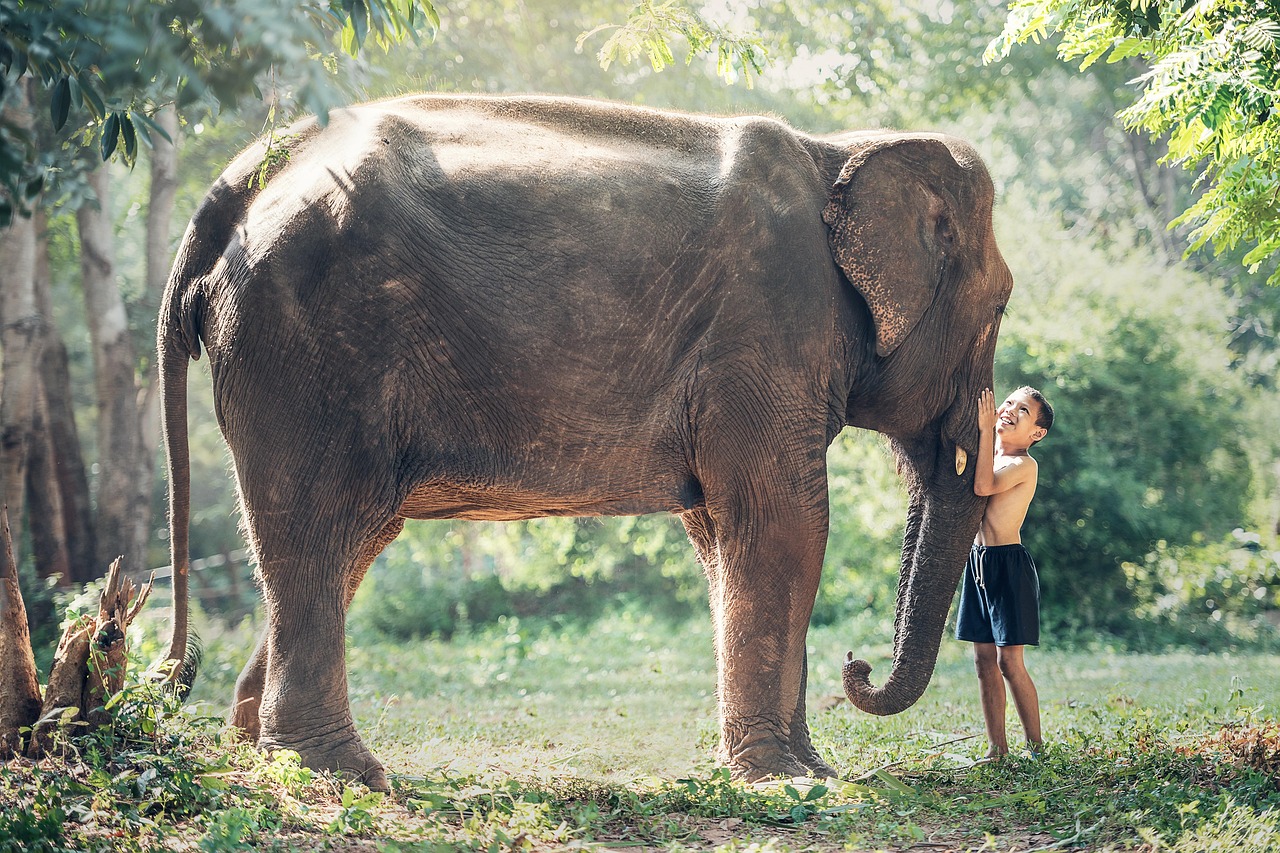
Deep within your brain, an ancient chemical messenger works its magic every time you interact with an animal. Oxytocin is as old as mammals and first evolved to facilitate the basic muscle contractions of birth and lactation, but evolution co-opted this system for parental care into the love hormone we know today. When you pet a dog or cuddle a cat, your brain releases this powerful hormone that creates feelings of trust, bonding, and contentment.
Research shows that human-animal interaction influences levels of blood pressure, heart rate, hormones correlated with well-being including cortisol, oxytocin, b-endorphin, prolactin, phenylacetic acid and dopamine. Oxytocin is a neuropeptide long known to promote maternal care in mammals, and the oxytocinergic system has been linked directly to many of the observed psychological effects of human-animal interaction. These beneficial chemicals are all elevated in human pet parents and in dogs, while at the same time, cortisol, the stress chemical, goes down.
Mirror Neurons: Seeing Ourselves in Animals
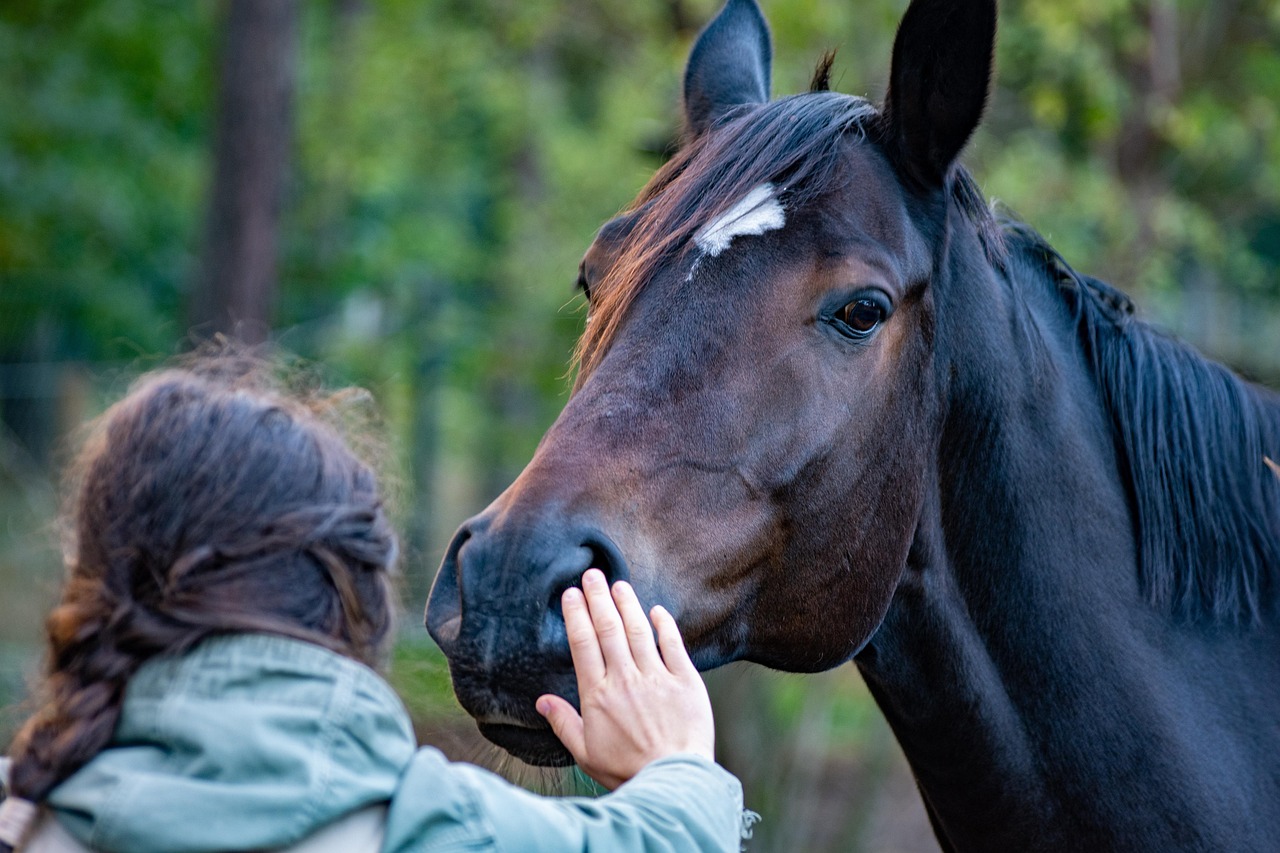
Your brain contains remarkable cells called mirror neurons that help explain why you feel such empathy for animals. A mirror neuron is a neuron that fires both when an animal acts and when the animal observes the same action performed by another. Thus, the neuron “mirrors” the behavior of the other, as though the observer were itself acting. This neurological mechanism allows you to understand and connect with animal behaviors on a fundamental level.
Neuroscientists such as Marco Iacoboni have argued that mirror neuron systems in the human brain help humans understand the actions and intentions of other people. In addition, Iacoboni has argued that mirror neurons are the neural basis of the human capacity for emotions such as empathy. Research shows that empathy, the ability to feel with the emotions of others, is deeply rooted in our evolution. We share the fundamental mechanisms of empathy with animals like rats.
Anthropomorphism: The Human Lens
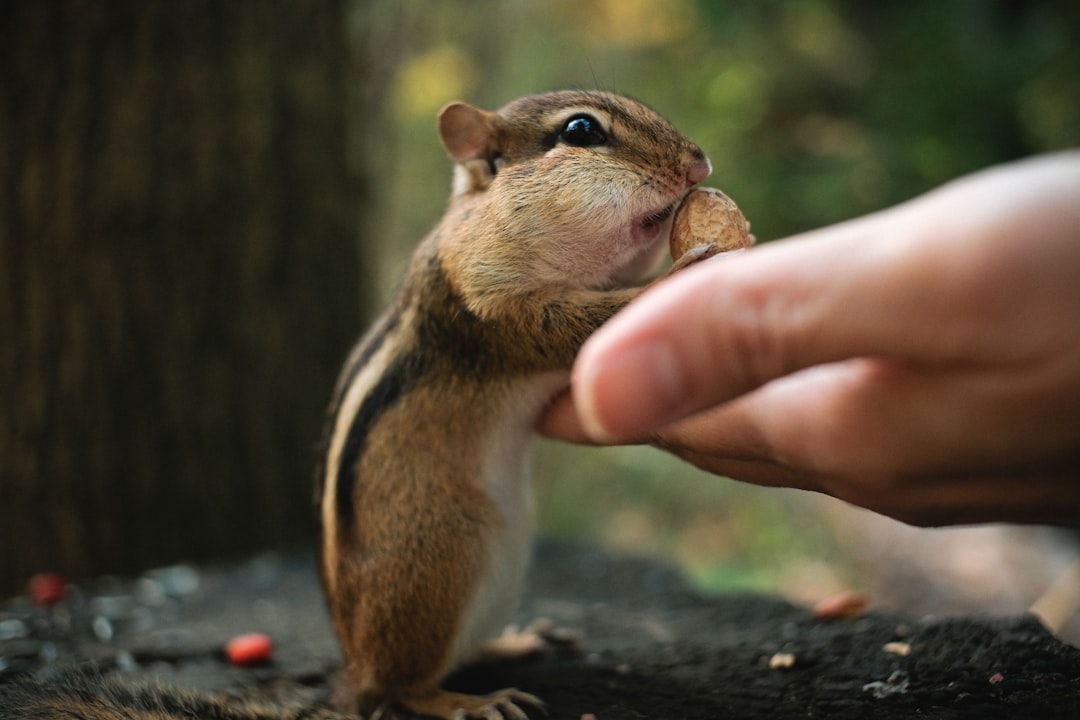
You naturally project human characteristics onto animals through a process called anthropomorphism, and this isn’t just imagination – it’s a key component of forming bonds. Anthropomorphism is a key aspect in the formation of the human-animal bond and the practice of pet keeping, since it allows people to identify and address the needs and the psychological states of animals in a context of reciprocal beneficial interaction. Even today anthropomorphism may have a positive role in fostering human-animal relationships and in promoting animal welfare.
In the psychological literature, anthropomorphism has been defined as the human tendency to see human characteristics or mental states in nonhuman agents, either natural entities, objects or nonhuman animals, attributing them human intentions, motivations, goals or emotions. Anthropomorphizing animals entails attributing them behaviors, personalities, mental abilities, emotions and intentions that are human like. This process helps you relate to animals by interpreting their actions through familiar human frameworks.
Evolutionary Roots of Animal Bonding
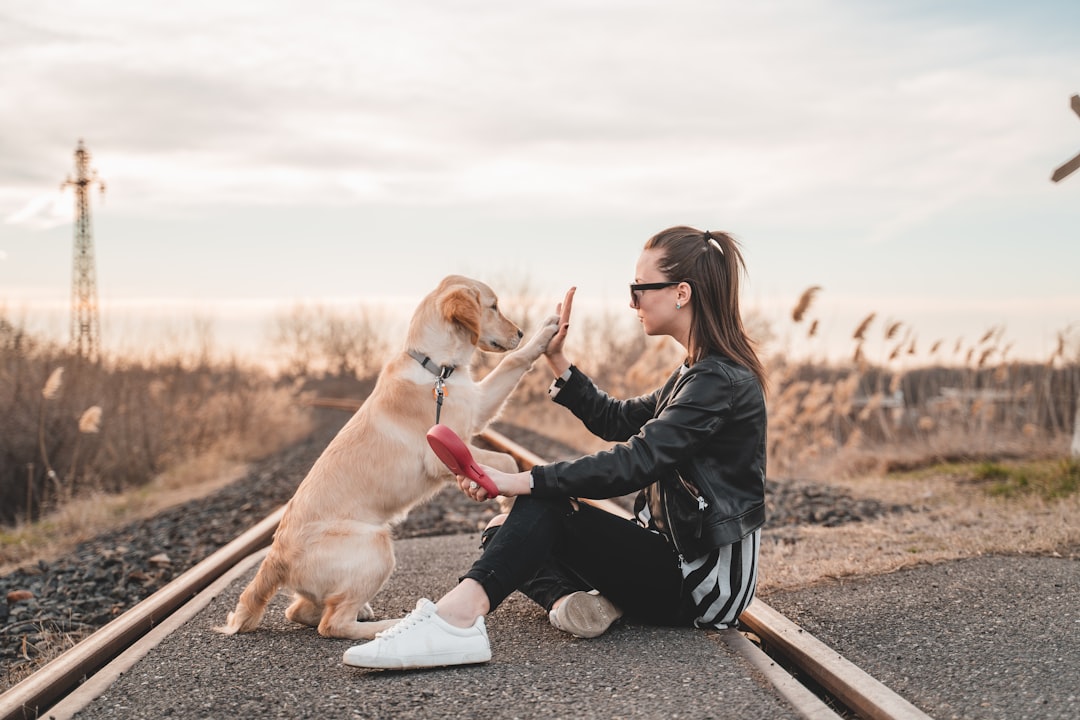
Your connection to animals stretches back through evolutionary history in ways that might surprise you. The human-canine bond is rooted in the domestication of the dog, which began occurring through their long-term association with hunter-gatherers more than 30,000-40,000 years ago. The earliest known relationship between dogs and humans is attested by the 1914 discovery of the Bonn-Oberkassel dog, who was buried alongside two humans in modern-day Oberkassel, Germany, approximately 14,200 years ago.
Oxytocin coordinates processes that are central to both human reproduction and human evolution. Also embedded in the evolution of the human nervous system are unique pathways necessary for modern human sociality and cognition. Vasopressin and oxytocin are ancient and conserved peptides dating back more than 700 million years. This ancient peptide system played a key role in evolutionary processes that supported survival-related social functions and increased fitness by enhancing affiliative behavior.
The Attachment Theory Connection

Your relationships with animals mirror the same psychological principles that govern human relationships. The concept of attachment, developed in the context of human interpersonal relationships, appears to fit well the definition of the human-animal bond, capturing its different aspects. The presence of an attachment figure is comforting and provides security that allows an individual to more confidently navigate their world, creating motivation for the relationship to continue, a response observed in both humans and other animals. Bowlby initially developed attachment theory to explain the importance of the emotional connection between parent and child formed during infancy and early childhood.
Psychologists believe that the relationship between human and canine is a bidirectional attachment bond, which resembles that of the typical human caretaker/infant relationship, and shows all of the usual hallmarks of a typical bond. This explains why you might feel genuine grief when losing a pet or experience separation anxiety when away from your animal companion.
Physical Health Benefits Drive Connection

Your body physically responds to animal companionship in measurable ways that reinforce the bond. People are happier and healthier in the presence of animals. Scientifically-documented benefits of the human-animal bond include decreased blood pressure, reduced anxiety, and enhanced feelings of well-being. The American Heart Association tells us that pet ownership improves heart health. Dog owners had a 31% reduced risk of cardiovascular death compared to non-dog owners. Dog owners generally had a 24% reduced risk of mortality. Owning a cat makes you more likely to be alive one year after a heart attack.
These tangible health benefits create a positive feedback loop that strengthens your connection to animals. Your brain learns to associate animal interaction with improved well-being, making you naturally seek out these relationships.
Emotional Regulation and Stress Relief
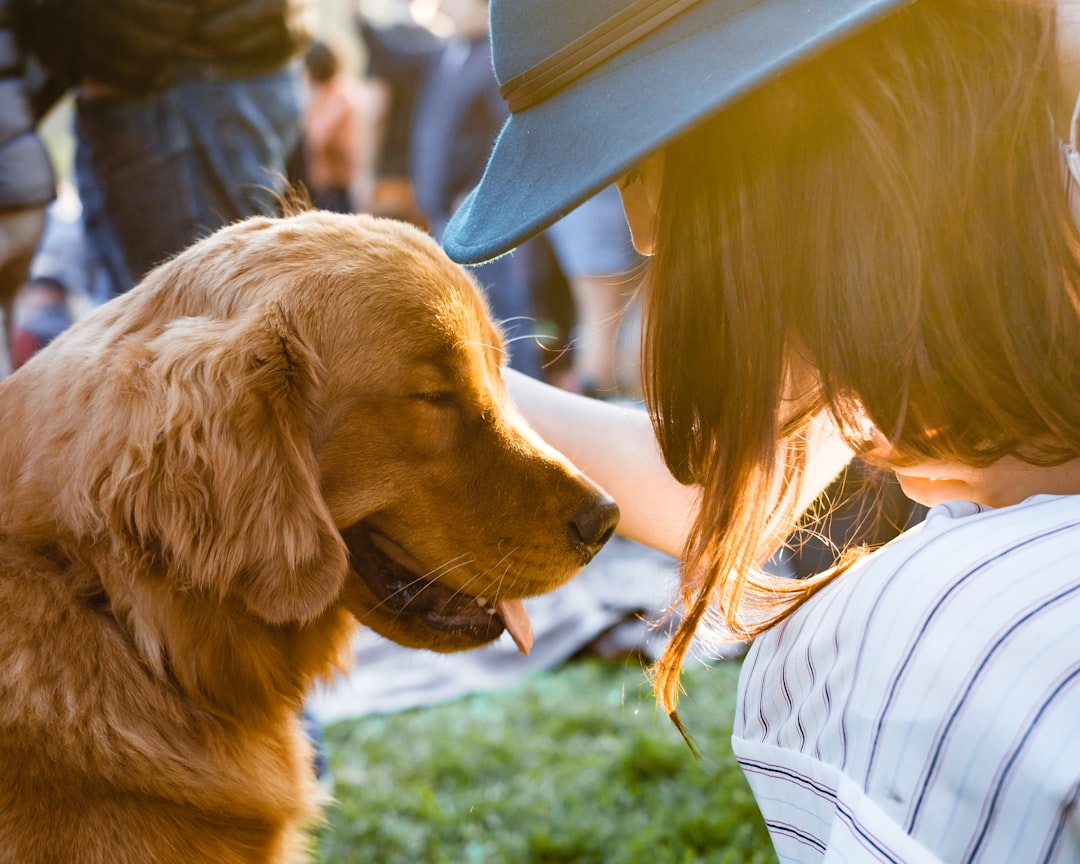
Animals serve as natural stress regulators, helping you manage difficult emotions and challenging situations. Animals provide unconditional love and companionship, which can be especially beneficial for individuals experiencing loneliness, depression, or anxiety. For many, pets serve as a consistent source of comfort, offering a non-judgmental presence that can alleviate feelings of isolation.
Because of the brain chemicals involved, dogs have been shown to alleviate stress. That’s why we are seeing an increase in animal-assisted interventions, service animals, and emotional support animals. The therapeutic training and use of animals, known as animal-assisted therapy, has gained recognition for its effectiveness in treating various mental health conditions, including post-traumatic stress disorder, panic disorder, and depression. Animals used in therapy, such as dogs, horses, and even dolphins, can help patients develop coping strategies, improve social skills, and enhance emotional regulation.
Social Facilitation Through Animal Bonds

Your relationships with animals often enhance your human social connections in unexpected ways. The bond between humans and their pets can fulfill a need for attachment, similar to the bonds formed between people, which is crucial for emotional well-being. When social support is emphasized as a protective factor in many mood disorders, it is important to include social bonds formed with and through pets within this.
Animals can serve as social bridges, creating opportunities for human interaction and community building. Dog parks, veterinary clinics, and pet-related activities become spaces where you connect with like-minded individuals who share your love for animals.
Individual Differences in Animal Affinity
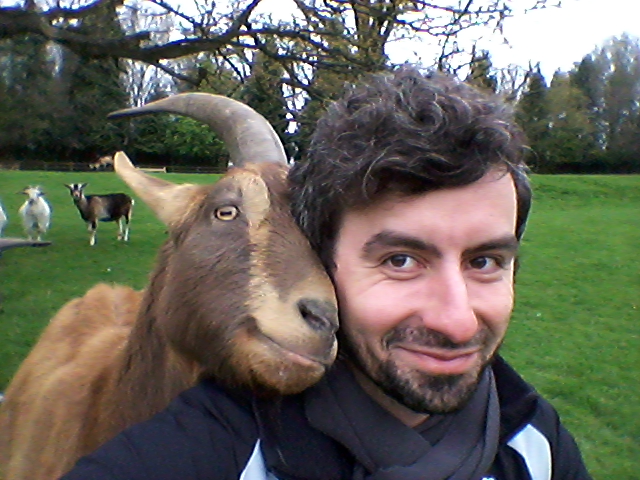
Not everyone feels the same level of connection to animals, and research suggests this varies based on genetic, psychological, and environmental factors. Human research particularly underscored the involvement of oxytocin receptor single nucleotide polymorphisms with studies providing evidence for the involvement of oxytocin-pathway genes in human social functions but also suggesting that factors such as gender, culture, and early environment often confound attempts to replicate first findings.
Studies have demonstrated that both dogs and humans show individual variations in their bonding capacity, with female humans tending to have more positive attitudes towards dogs than male humans do. Your personal history with animals, cultural background, and individual personality traits all influence how strongly you connect with different species.
The Future of Human-Animal Understanding
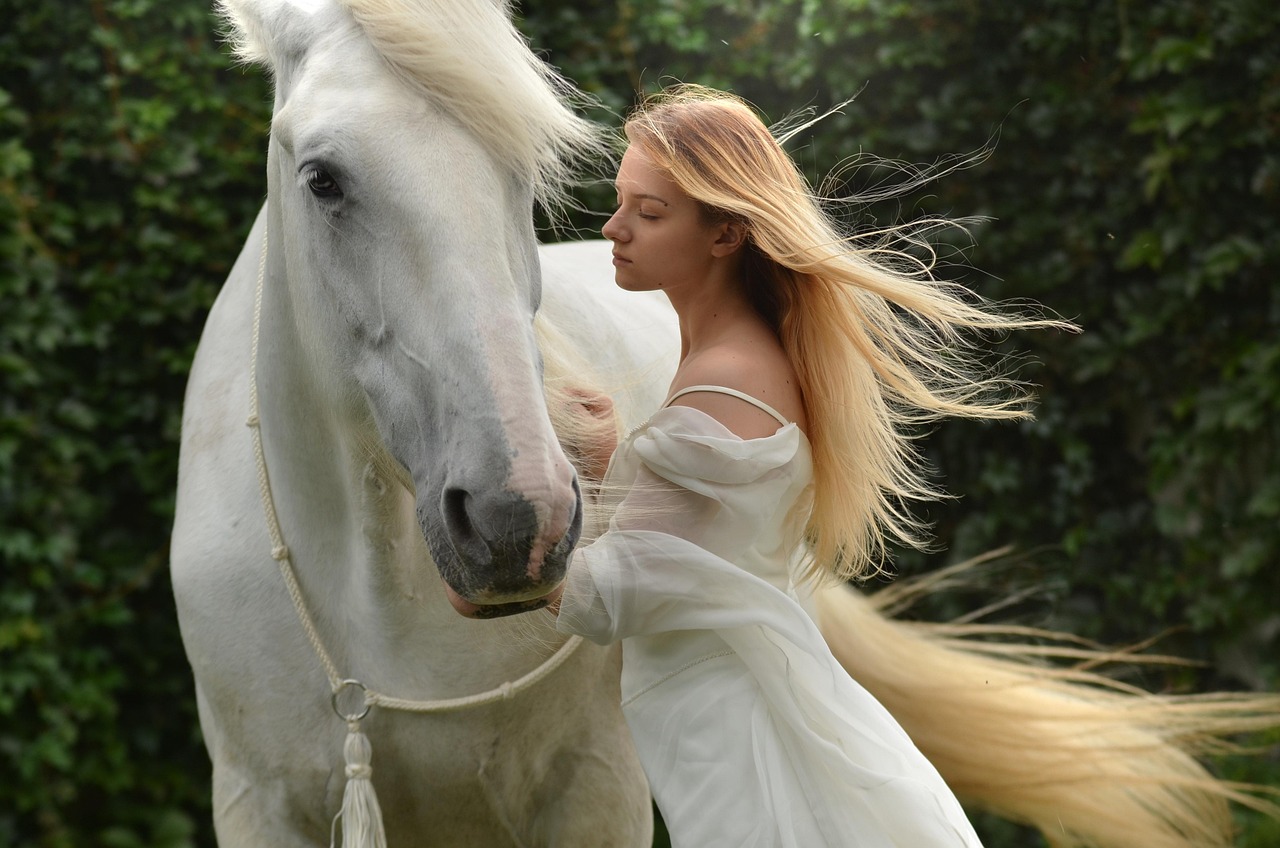
As research continues to unravel the mysteries of human-animal bonds, new insights emerge about the depth and complexity of these relationships. Future research should explore whether fostering a more secure human-pet bond by increasing the frequency of pleasant human-pet interactions can improve human mental health. This understanding could help identify specific interaction patterns that maximize the emotional benefits of pet ownership and guide recommendations for fostering stronger, more secure human-pet bonds.
There have been dramatic increases in the financial, emotional, and psychological investment in pets over the past four decades. The increasing importance of animal companions in people’s lives has resulted in growing emphasis on the human-animal bond within academic literature. This growing field promises to reveal even more about why certain animals capture our hearts and how these relationships shape our well-being.
**Conclusion**
Your deep connection to certain animals emerges from a fascinating interplay of evolutionary biology, neurochemistry, and psychology. From the ancient oxytocin pathways that flood your brain with feelings of love and attachment, to the mirror neurons that help you empathize with animal experiences, science reveals that these bonds are far more than simple affection. They represent fundamental aspects of what makes us human – our capacity for empathy, our need for connection, and our ability to find comfort and joy in relationships that transcend species boundaries.
The next time you feel that inexplicable pull toward a particular animal, remember that you’re experiencing millions of years of evolution working through your modern brain. What surprises you most about the science behind our animal connections?




